I love checking out new skin care trends and there’s one particularly eccentric dry skin solution that has set tongues wagging of late: slugging. Thankfully, this process has nothing to do with putting slugs on your face, but a lot to do with looking like a slug when bedtime rolls around. Slugging means covering your face with Vaseline overnight to lock in moisture and achieve baby soft skin.
If you’re flinching at the mere thought of this, you’re not alone. Slugging sounds like the perfect recipe for a breakout, but many skin care lovers swear that this bizarre ritual is the answer to their prayers. Slugging is lauded as a solution to dry skin, redness, wrinkles and yes, even acne. At the same time, it has attracted its fair share of haters, too.
Is Vaseline really the holy grail of skincare? It’s certainly a trend worth investigating. I talked a little bit about it in my post on how to prevent dry skin in winter, but today we’re really diving into the controversy to find out whether it’s the right thing for your skin.
Disclaimer: this post contains some affiliate links. When you purchase items through my links, I may earn a commission at no extra cost to you. Thank you for your support!
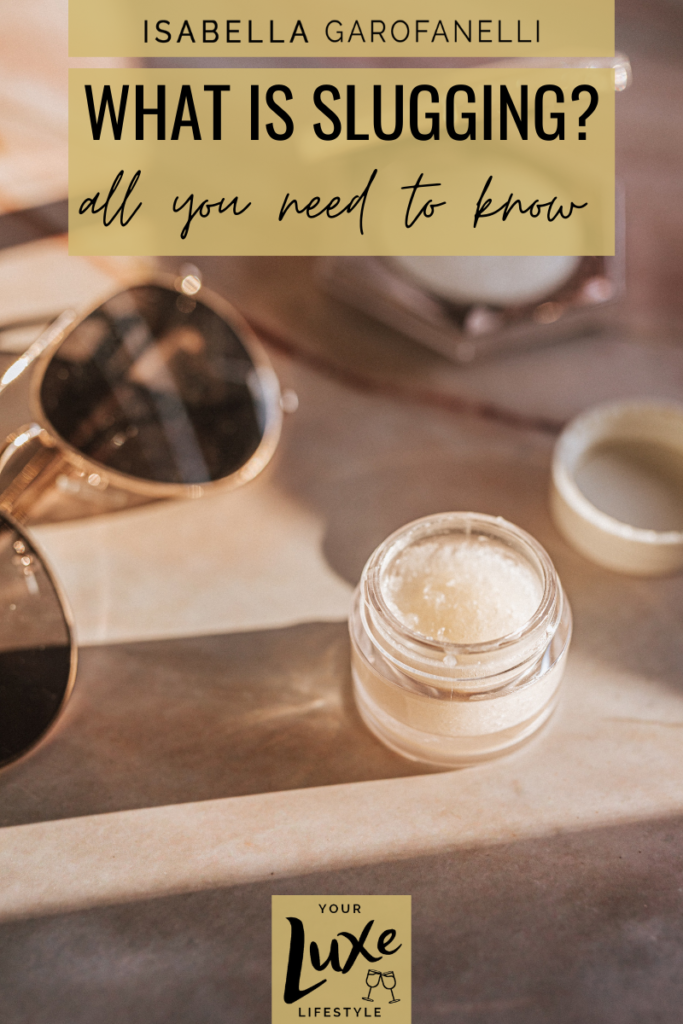

How It Works
Slugging is delightfully simple. You apply your normal skincare products at night, then add a layer of petrolatum jelly over the top to lock in all the moisture. In the morning, you can wash the remaining product off using your regular gentle cleanser – although it might take two tries to fully remove everything.
This method works because Vaseline is an occlusive ingredient, meaning that it prevents water loss from the skin. It could be a saving grace for those with a damaged skin barrier who often experience dryness and sensitivity. Slugging could also be really helpful during the retinol purging process, when the skin typically gets very dry and flaky, sometimes for several weeks.
All the extra moisture can also help to calm redness and plump up fine lines, thus reducing their appearance. Proponents of slugging praise it for giving them ultra smooth, baby soft skin and a gorgeous, dewy glow.
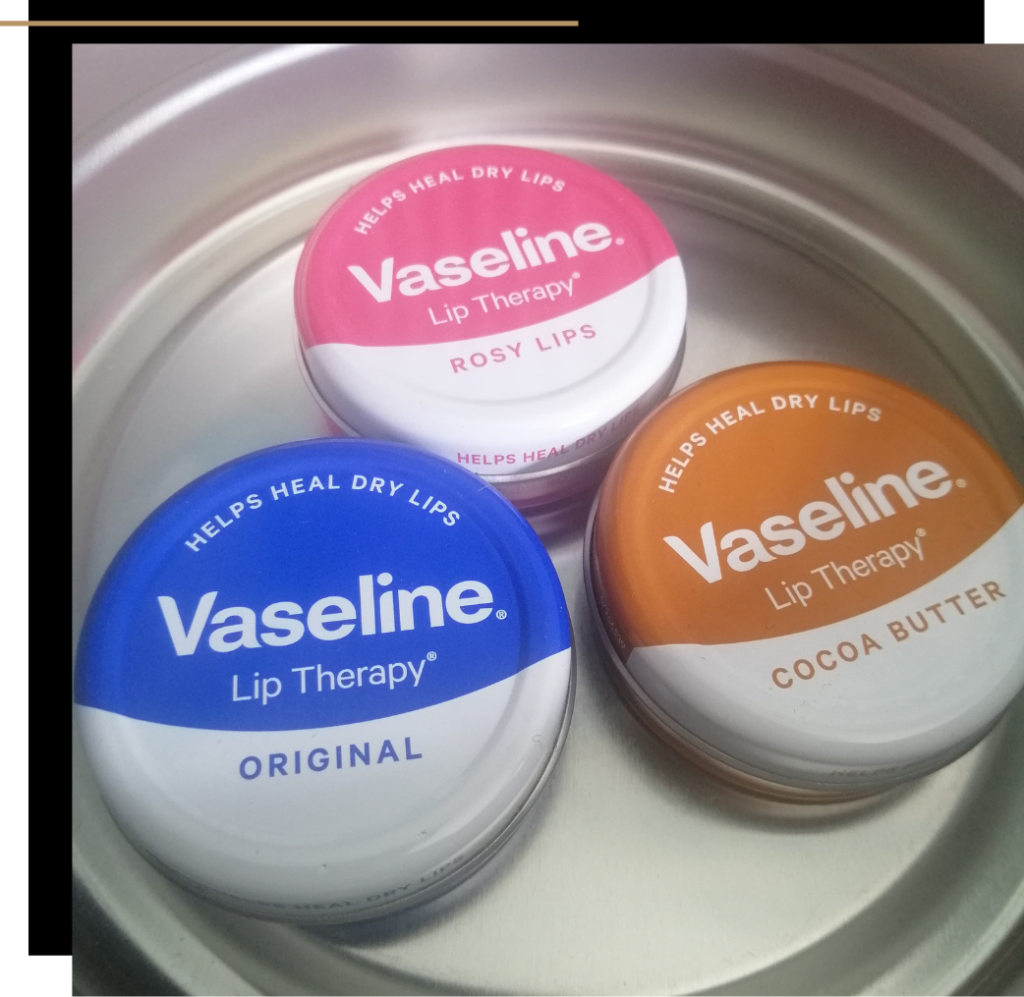

How Slugging Became a Trend
Unsurprisingly, slugging is originally a Korean beauty trend – what can I say? When it comes to skincare, Koreans just do it better.
The technique was then introduced to the western world in 2017 via a Reddit skincare thread, where users began to share their enthusiastic reviews.
As slugging gained media attention, many renowned dermatologists endorsed the practice, citing its anti-ageing and skin-barrier-boosting benefits. At the same time, other experts advised strongly against it, warning that slugging is a one-way ticket to a breakout.
More recently, slugging has blown up again, this time on TikTok. The skincare community is divided, with some calling the practice dangerous whilst others lauding it as their new holy grail.


The Slugging Controversy
Popular TikTok esthetician MadiHearts, who has 209,000 followers, condemned slugging. “It’s extremely pore-clogging for most people,” she argued in one video. “If you have dirt and bacteria and oil underneath the Vaseline, it’ll lock that in, too.”
On the other hand, student esthetician Charlotte Parler, with 158,000 followers, has nothing but praise for the practice. “It’s well documented, with dermatologists endorsing it,” she claims in this video, even going so far as to call it “a better La Mer.”
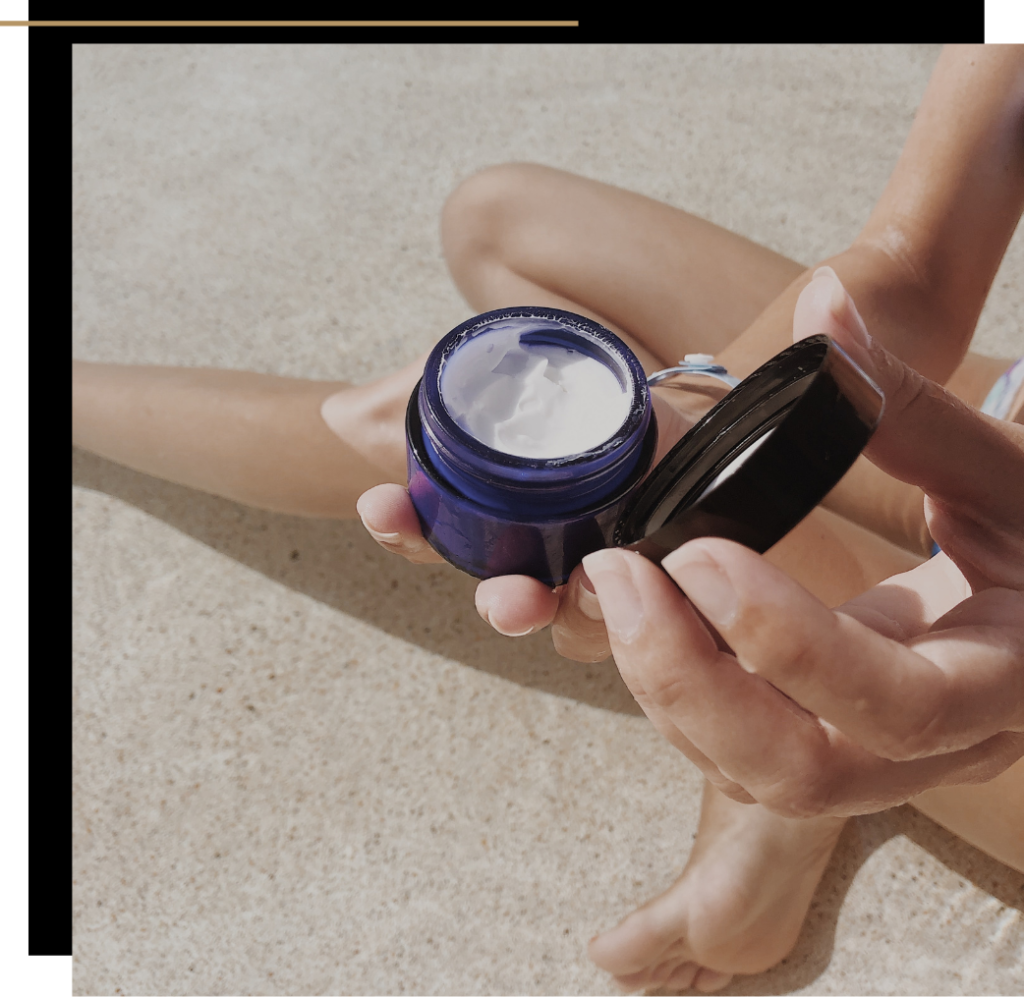
Skincare guru Ben Neiley presents a more balanced view, explaining that it “totally depends on your skin. […] The best thing to do is patch test and see if it works for you.” Neiley, who has over half a million TikTok followers, reports that “it made my acne way worse, but other people use it and love it for their acne.”
However, it’s not just the effects of slugging that spark disagreements. MadiHearts insists that “often petrolatum is not refined correctly and is often still toxic and dangerous for the skin and body.”
Neiley provides a more balanced view. “When properly purified, [petrolatum] is safe for use on your skin,” he says. “This is why it’s so important to buy from big, reputable brands like Vaseline who properly purify their petrolatum.”


The Verdict
When it comes to slugging, it seems to be a case of “different strokes for different folks.” It’s definitely worth trying out – the rave reviews make it hard to resist. I don’t, however, recommend slugging for acne prone skin, as it will likely exacerbate the problem.
If you decide to try slugging, proceed with caution and start slow. Here are the most important things to remember:
- Use a reputable brand of petrolatum jelly. You really can’t go wrong with Vaseline, although Aquaphor Healing Ointment is a popular and slightly more lightweight alternative.
- Start slow. You don’t need to start slugging every single night. Start with once or twice a week and increase the frequency if necessary.
- Cover your pillow. Some people say Vaseline doesn’t ruin their pillows but I don’t want to take the risk! Cover your pillow with a towel to ensure your linens aren’t ruined.
- Tie your hair back. Slugging is for the face only. When it gets in your hair, it’s just gross.
- Wash it off properly in the morning. There’s no need to use a harsh, stripping cleanser – in fact, that would be counterproductive – but do make sure you get all of the product off using your usual gentle face wash.


Have you tried slugging? Did it work for you? Let me know in the comments below – I’d love to hear your thoughts! And before you go, why not check out my post on the at-home beauty treatments that will save you a trip to the salon?
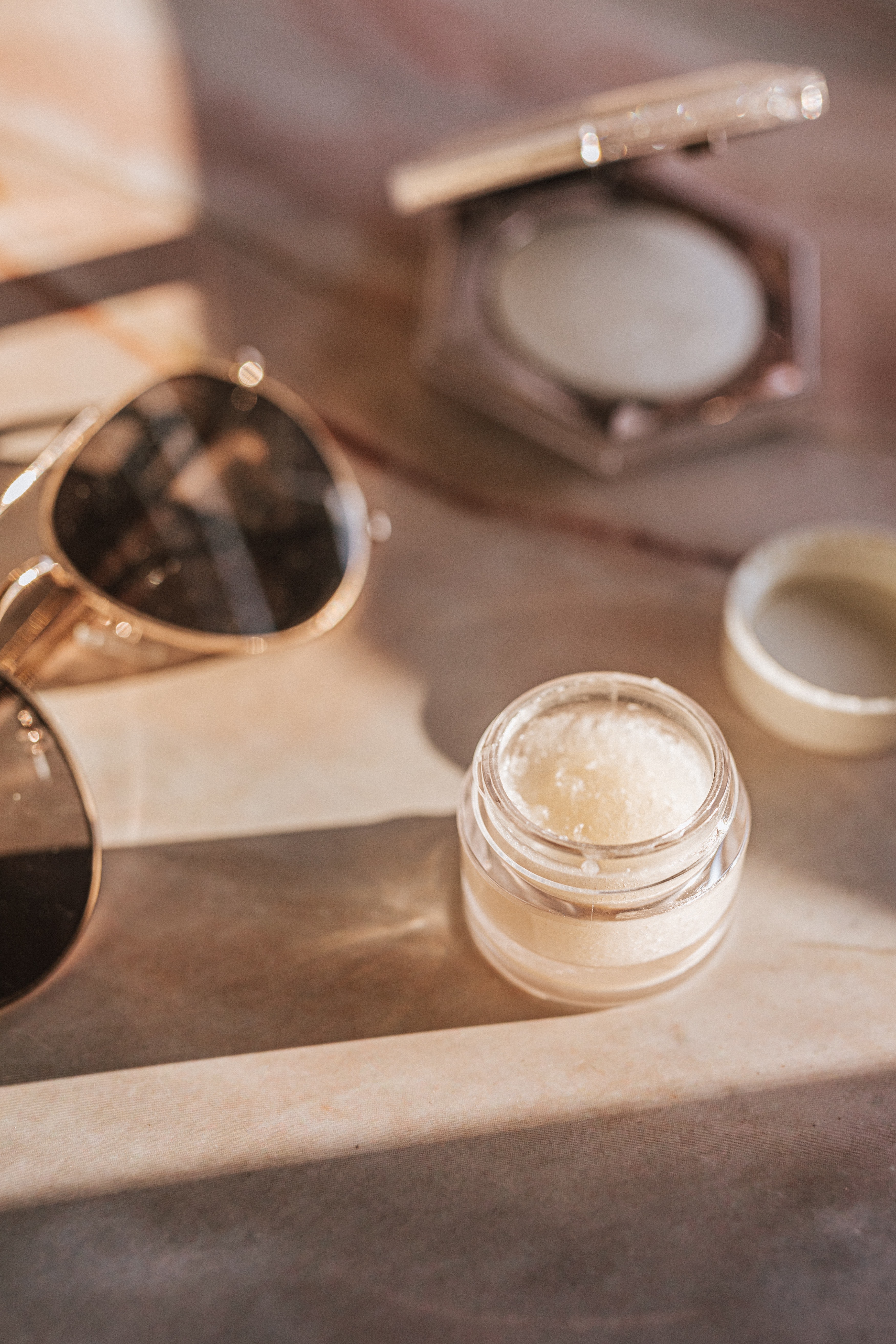


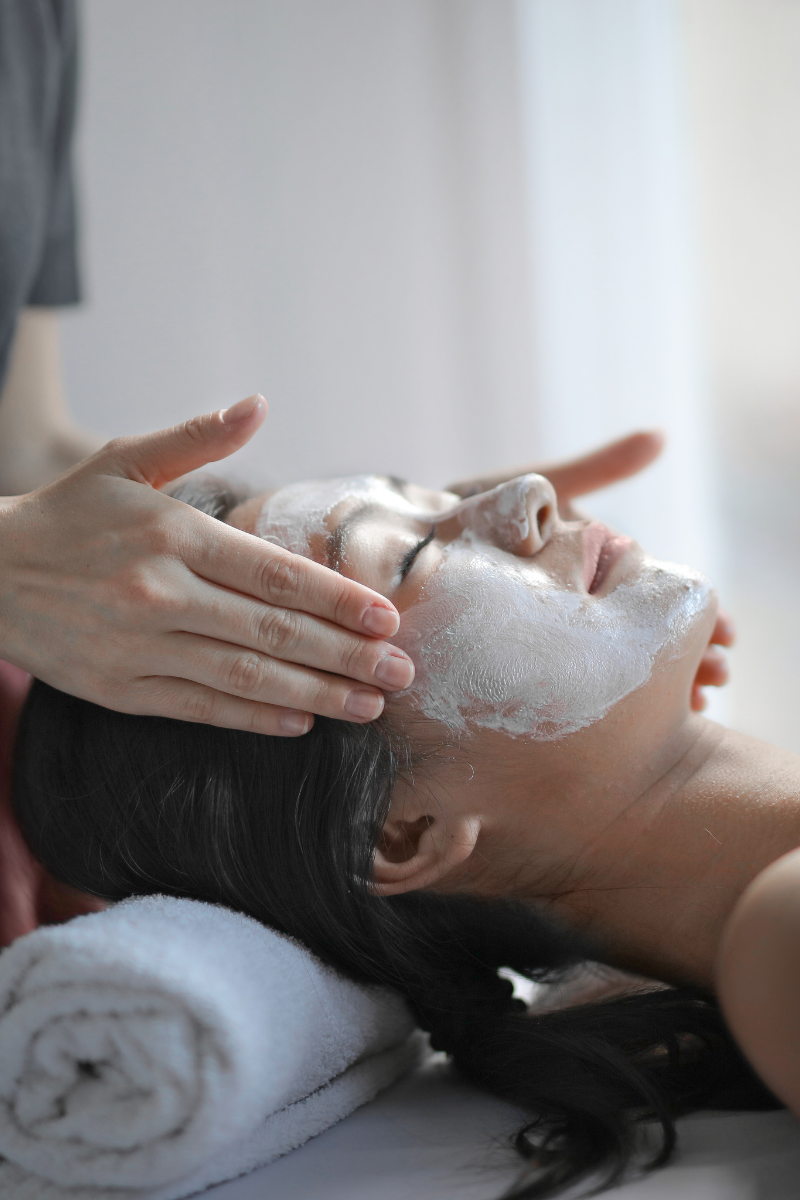
[…] If you’ve got dry skin, make sure to check out this post on slugging. […]
[…] more on beauty, why not check out this list of the best luxury hair care products or my guide to slugging, the latest kooky skin care […]